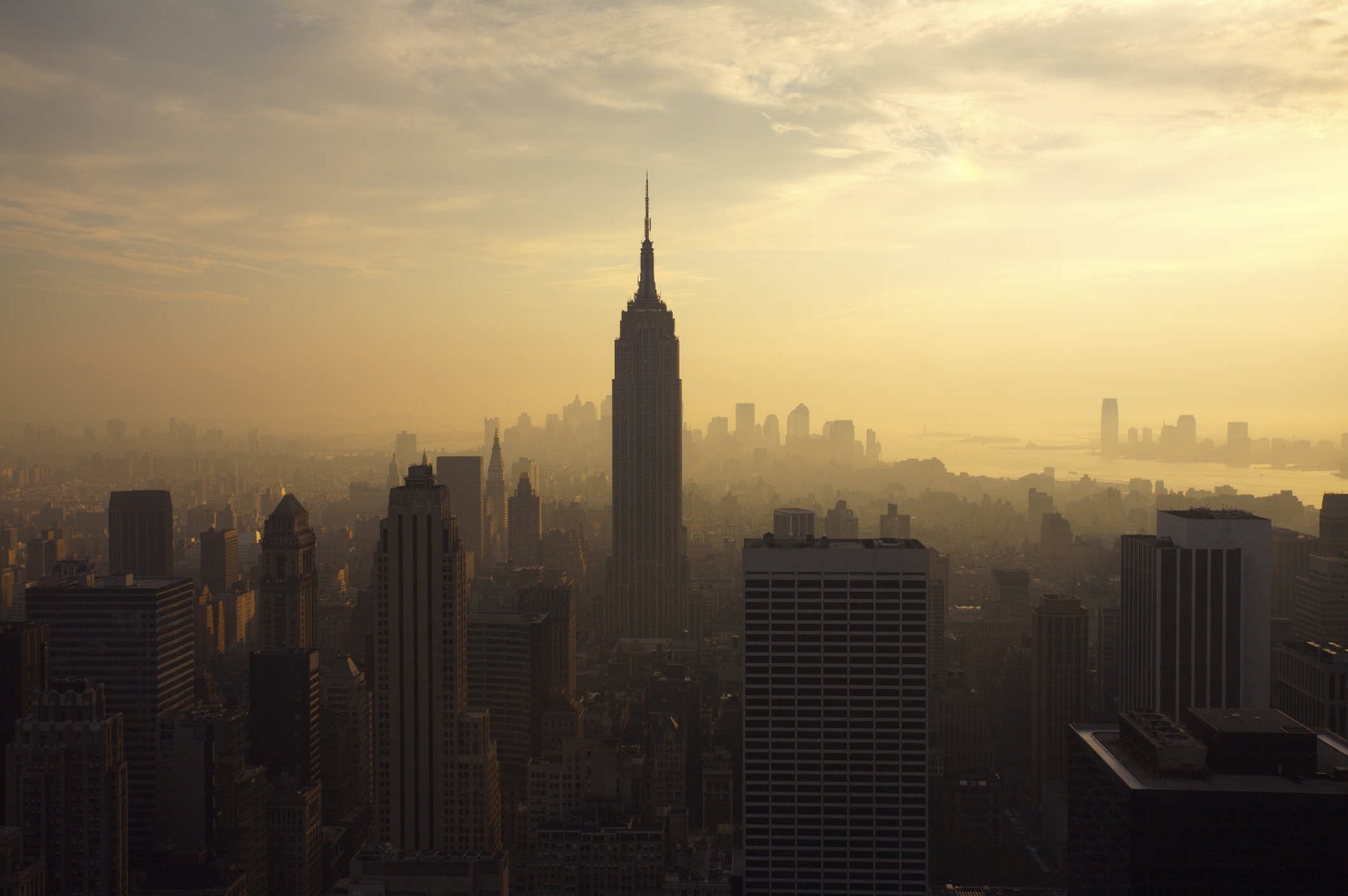American Lung Association’s “State of the Air” report for 2023 was released today, revealing some mixed news for the tri-state area. The report measures exposure to unhealthy levels of ground-level ozone air pollution, annual particle pollution, and short-term spikes in particle pollution over a three-year period from 2019-2021. While New Jersey’s air quality has improved for ozone pollution, the majority of its counties posted worse levels of fine particle pollution than last year’s report for both daily and year-round levels.
The Philadelphia-Reading-Camden, PA-NJ-DE-MD, New York-Newark, NY-NJ-CT-PA, and Allentown-Bethlehem-Easton, PA-NJ metro areas, covering all of New Jersey’s 21 counties, all achieved their best-ever results for ozone smog, which is one of the most harmful and widespread types of air pollution. However, the report also found that nearly 120 million people, or more than one in three, in the U.S. live in counties that had unhealthy levels of ozone or particle pollution.
In the tri-state area, the 31-county New York-Newark metro area, covering 13 New Jersey counties, worsened to 12th worst from 14th worst in the country for ozone pollution, despite improving. This was driven by the frequent days of high ozone pollution in Fairfield County, CT, to which the entire area contributes. The metro area also had a worse performance for both the daily and long-term measures of fine particle pollution, ranking 59th and 71st worst in the nation, respectively. Union County, NJ, continued as the metro area’s most polluted for the long-term measure.
The 16-county Philadelphia-Reading-Camden metro area, covering seven New Jersey counties, set new best-ever marks for ozone, now ranking 28th worst, and also for the long-term measure of fine particle pollution, improving to 46th worst having been ranked 18th worst in last year’s report. However, Camden County, NJ displaced Delaware County, PA as the most polluted in the metro area for year-round fine particles. And, for the 24-hour measure of particle pollution, the worst level remained unchanged in this year’s report, earning a “D” recorded in Delaware County, PA, with the metro area ranking nevertheless improving to 55th most polluted from last year’s 44th place.
The four-county Allentown-Bethlehem-Easton, PA-NJ metro area, driven by values recorded in Pennsylvania counties, improved to its best-ever for ozone, ranking 65th worst. However, it worsened for both measures of fine particle pollution, ranking 74th worst for the daily measure and 79th worst for the year-round value.
Michael Seilback, National Assistant Vice President, State Policy for the Lung Association, called for more work to be done to ensure clean air for everyone, especially those at highest risk such as children, older adults, pregnant people, and those living with chronic disease. He urged Governor Murphy and the state legislature to continue moving forward on policies, including finalizing the Advanced Clean Cars II standard, strengthening electric vehicle infrastructure, and pushing forward on efforts to electrify buildings and increase production of clean, green energy.
Nationally, the report found that ozone pollution has generally improved across the nation, thanks in large part to the success of the Clean Air Act. However, more work remains to fully clean up harmful pollution, and short-term particle pollution continues to get worse. Additionally, some communities bear a greater burden of air pollution. Out of the nearly 120 million people who live in areas with unhealthy air quality, more than 64 million (54%) are people
